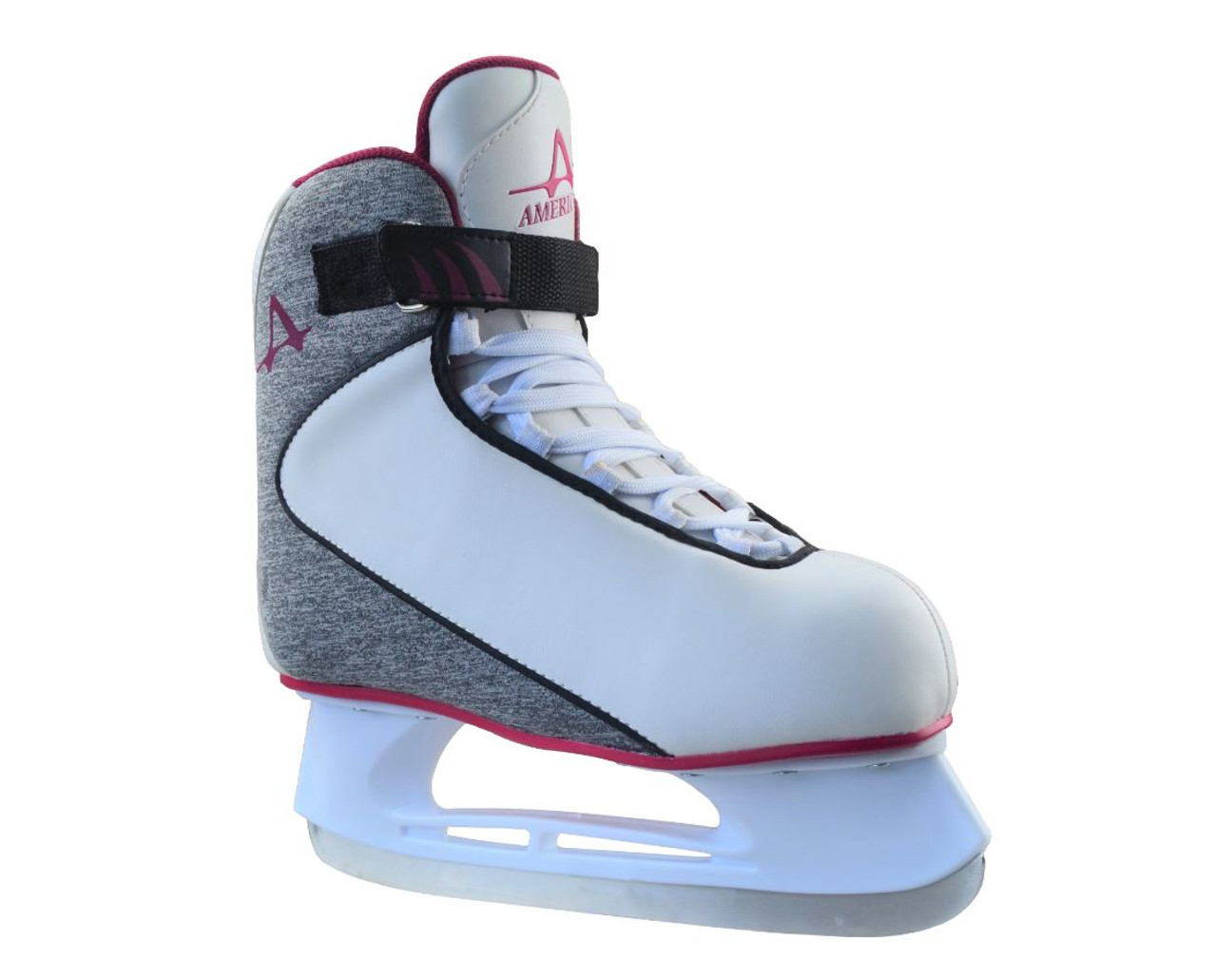Comparing Ice Skates: Blade Designs for Different Skating Styles
Comparing Ice Skates: Blade Designs for Different Skating Styles
Blog Article
Pace skating is an exhilarating sport where detail, energy, and efficiency mix to reach record-breaking times. Whether you're an experienced player or exploring the planet of ice skates for the first time, understanding the position of racing knives is imperative to improving pace and efficiency on the ice.
The Anatomy of Racing Knives
Racing knives vary considerably from recreational or figure skating blades. Manufactured designed for pace, these blades are longer, thinner, and flatter. The lengthy period provides more floor experience of the snow, allowing for larger stability and effective gliding. Meanwhile, the slim design reduces weight, marketing quicker action with less drag. Unlike the circular page of tennis or figure skate blades, race knives feature a straighter profile, perfect for sustaining balance throughout high-speed strides.

Additionally, racing skates are attached to the shoes in an original way. While conventional skates have blades securely repaired with their soles, speed skates usually employ "clap blades." They're lightweight at the front end, allowing the knife to stay in connection with the snow lengthier and optimizing push-off efficiency. That impressive design has proven to improve sprinting times in aggressive scenarios.
Why Knife Material Issues
The edge material right affects performance. High-quality racing blades are normally crafted from lightweight however resilient metal alloys. These products make certain that the blades stay strong under pressure while lowering over all weight to help skaters stay nimble. A key quality of racing blades is their ability to steadfastly keep up a finely honed edge. Skaters often rely on knife maintenance practices to maintain this side, as actually minor defects can significantly influence rate and control.
Selecting Racing Knives That Match Your Targets
Selecting ice skates equipped with the best race blades depends in your amount of experience and your skating objectives. Newcomers may possibly want in the first place typical repaired race blades for greater get a handle on and balance while they develop their technique. Advanced speed skaters, on another give, usually go toward clap blades to improve their pace and maximize speed.

Moreover, the skater's discipline—short track versus long track—establishes the sort of racing edge required. Extended monitor skates feature pointed blades, prioritizing straight-line pace, while short track skates are slightly faster, designed to handle stronger turns and rapid accelerations.
Final Ideas
Race blades are not just enhancements—they are crucial tools for any speed skater seeking to reach maximum performance. By knowledge the complexities of their design and characteristics, skaters can make knowledgeable decisions that launch them to the finish. Report this page